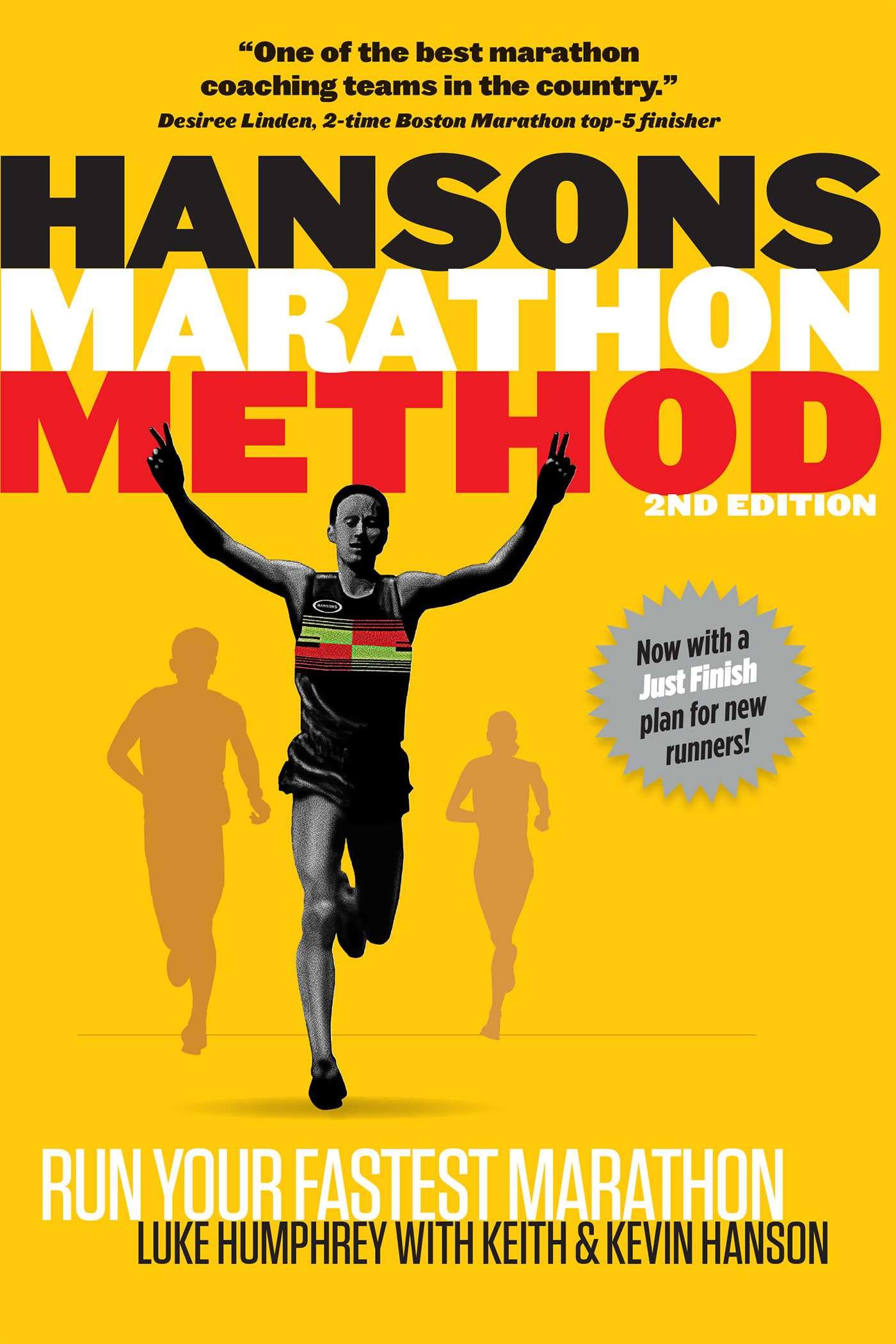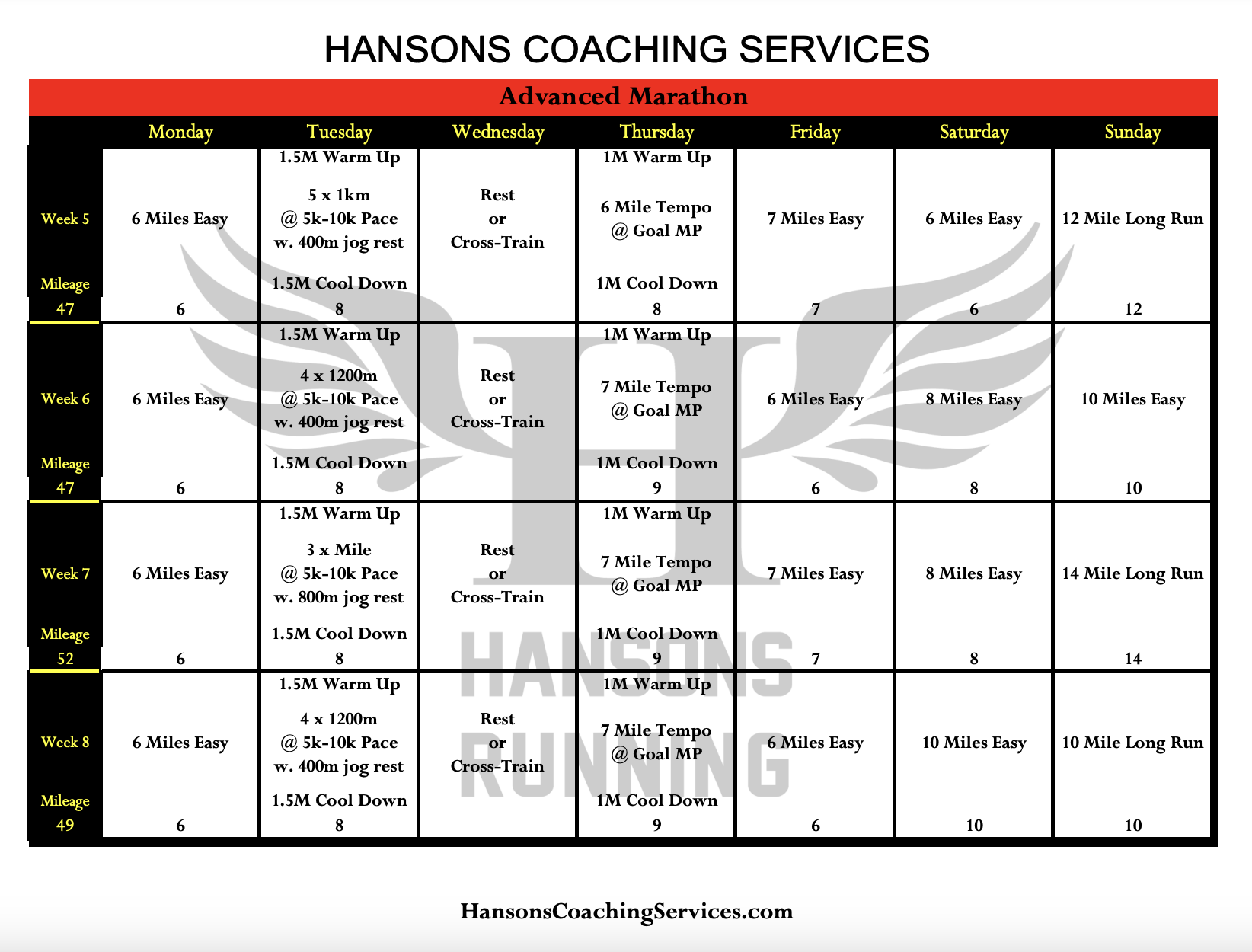Hansons Marathon Method
Playing with your pain through training the Hansons way
Playing with your pain through training the Hansons way

Hansons Marathon Method written by Luke Humphrey, an ex professional runner who is a member of Brooks distance project. This training program is designed and coached by Keith Hanson and Kevin Hanson - aka the Hansons brother. Their training method is developed based on Arthur Lydiard, one of the outstanding athletics coaches. The book is dedicated to how to train for a marathon, not just training plans but also everything that you should know about running a marathon, which I find the content in the book very useful compared to other books.
1. Here is summary of the Hansons’ training concept
- The Hansons Method incorporates “Cumulative Fatigue”, which is the gradual build-up of fatigue over time through training, ultimately enhancing performance.
- Cumulative fatigue creates a sensation of persistent exhaustion, but one that remains manageable.
- It represents a level of strain that lies between healthy exertion and overtraining.
- Workout paces are calculated based on your marathon goal time, so it’s advisable to have completed at least a half-marathon (or a 10K) to estimate your target.
- The book provides tables to help determine appropriate training paces or you can use the online calculator (see below)
- The training plan includes four key phases:
- Base Building
- Speed Training
- Strength Building
- Tapering
- Each week in each phase typically includes 2-3 focused workouts, with the remaining days designated as easy runs.
- Hansons refers to each workout as a “Something of Substance (SOS)” session, similar to “The Quality Session” in Daniels’ Running Formula.
- The Hansons’ SOS sessions include three types of workouts: Intervals, Tempo runs, and Long runs.
- Interval training is divided into two types: speed and strength workouts, each aligning with a specific phase.
- For tempo sessions, Hansons recommends running at your target marathon pace.
- The long run is capped at 16 miles (26-27 km). Hansons explains that this is intended to mimic the feeling of the final 16 miles of a marathon, rather than the first 16.
- I find the Hansons training plan to be rigorous, particularly in the strength phase. This intensity is intentional; Hansons aims to keep your legs in a fatigued state to simulate the demands of a marathon throughout training, particularly during long runs.
2. Cumulative fatigue is not overtraining
One question that may come up is: “How do I know if I’m building cumulative fatigue and not overtraining?”
To determine if you’re building cumulative fatigue rather than overtraining, the book doesn’t provide clear examples of cumulative fatigue, only a list of symptoms indicating overtraining. However, I found a helpful blog by Luke Humphrey (the book’s author), where he offers a clear comparison between cumulative fatigue and overtraining. (see the blog)
Signes of Overtraining
- Hard days are challenging
- Some stiffness and soreness will follow the hard days, but recovery within 48 hours
- General feeling of being challenged, but do feel like you have some reserve
- Fatigue and soreness occur but are temporary
- You sense getting stronger during the weeks
- Challenged but can handle it
Signes of Cumulative Fatigue
- A persistent, growing feeling of fatigue
- Sore legs at the start of runs
- Stiffness, general aches and pains
- More effort at the start of runs
- Hard days are challenging
- General feeling of fatigued, but some reserve left
- Challenged but can handle it
- Performance not affected, despite fatigue
3. Training plan
I follow the Advanced Plan provided in the appendix of the book. There is also a plan for elite runners but, at least for me, it’s very intensive plan and not easy to follow, unless you have a lot of free time and strong passion (the latter is more important, I think). The advanced plan basically puts interval (speed or strength, depending on the phase) on Tuesday, tempo on Thursday, and long run on Sunday. The rest day is on Wednesday (you can do cross training instead) but I can still handle the fatigue that I have in my legs so I still run on Wednesday.
The beginner and advanced training plans for half-marathon and marathon are available to download for free here.
You can use this calculator to check your pace for different workouts.
Hansons Advanced Marathon Plan
Below is the example of Hansons advanced plan for week 5-8 (a full plan is here)
